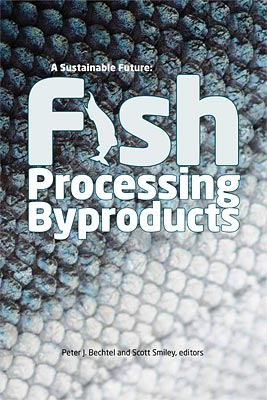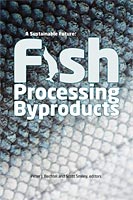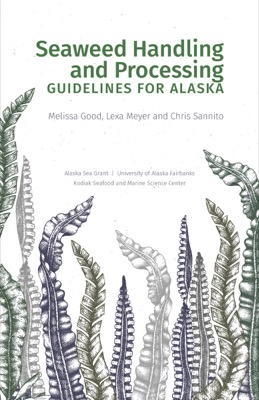
Stabilizing pink salmon (Oncorhynchus gorbuscha) byproducts through modified silage processes
C.K. Bower, K.A. Hietala, and T.C. Delaca
- Price: $1.50
 This is part of A Sustainable Future: Fish Processing Byproducts
This is part of A Sustainable Future: Fish Processing Byproducts| Format | Price | |
|---|---|---|
| PDF download [1.4 MB] | $1.50 | Add to Cart |
Description
Fish byproducts (such as heads, viscera, and frames) can create disposal issues for processors in Alaska. The most common method of preservation for these high-protein byproducts is through production of fish meal; however, less energy-intensive forms of stabilization exist. Acidification by lactic acid bacteria (LAB) is a relatively simple process for stabilizing fish flesh, although a source of fermentable carbohydrate must be added. Potatoes are an agricultural product that might serve as a source of fermentable carbohydrate for the preservation of fish flesh. More than 18 million pounds of potatoes were grown in Alaska in 2006, with an estimated 20% loss. A cocktail of homofermentative LAB successfully grew in ground potato pulp without any additional nutrients, while sustaining a pH less than 4.4 for 60 days. When LAB were added to a 1:1 mixture of potato and ground salmon heads, the pH dropped from 6.5 to 5.7 within 24 hours, but steadily increased above pH 7.5 over 60 days. Increasing the potato content of the potato-salmon mixture to 70% resulted in more acid production and was most effective (pH 5.9) when the salmon had been smoke-processed. Mixtures containing lower amounts of potato did not produce sufficient acidity to inhibit spoilage bacteria. Discarded agricultural products such as potatoes represent a potential source of fermentable carbohydrate for preservation of fish byproducts. These fermented fish products could serve as inexpensive feed sources for agricultural animals, supplements in aquaculture feeds, or as a local compost source for vegetable gardening or energy production.
Item details
- Item number: AK-SG-10-02q
- Year: 2010
- DOI: https://doi.org/10.4027/sffpb.2010.17



